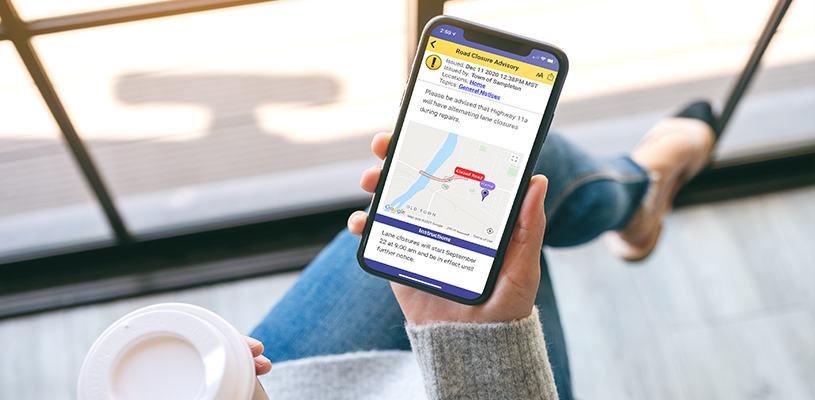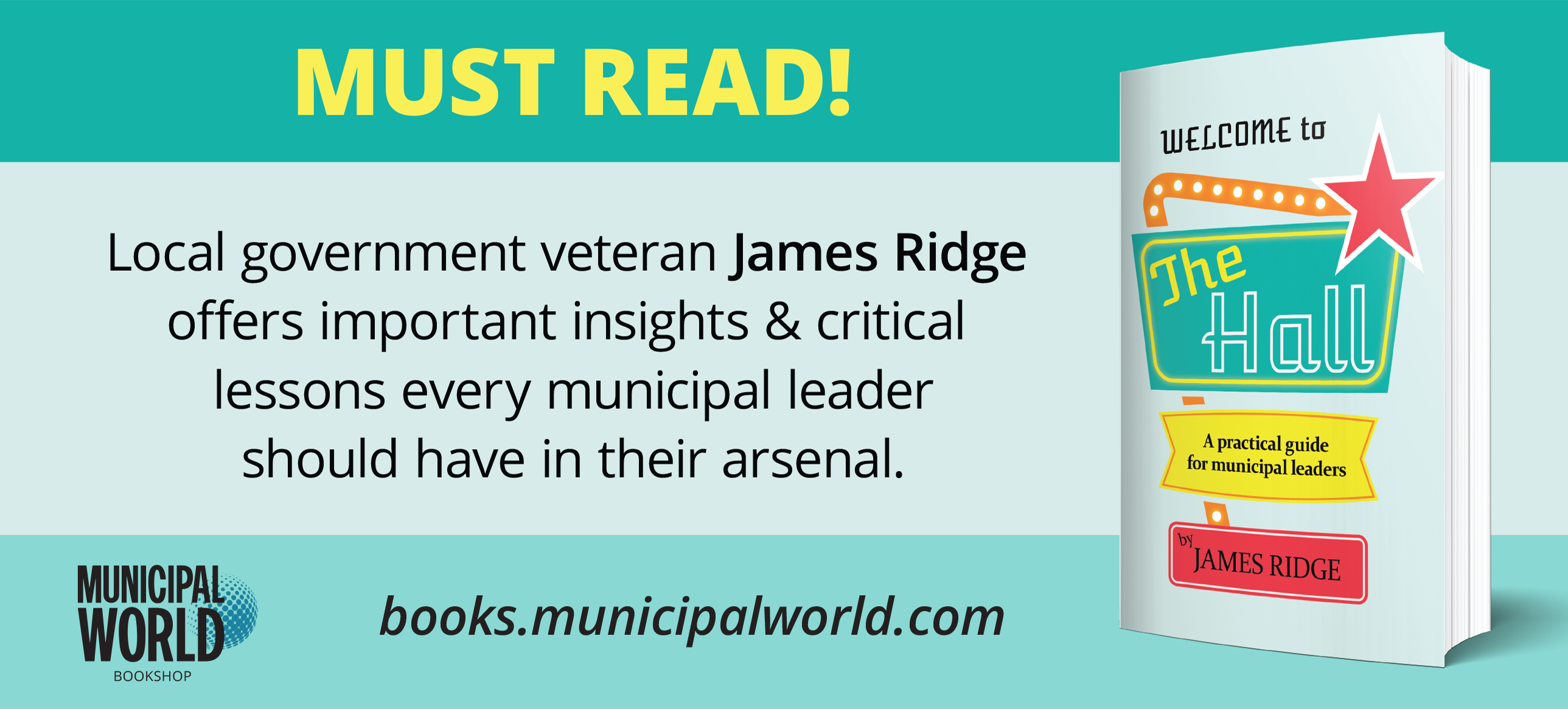Mass Notification Systems

How regular use builds confidence in your MNS
Sponsored by Voyent Alert!
Most communities use mass notification services (MNS) for emergency alerts and critical events. But they are missing an opportunity. Contributing to the community’s emergency preparedness is important. But a wider use of MNS can also help engage residents, increase enrollment numbers, and generate public trust.
Communities issuing one or more alerts a month experience a registration rate five to 10 times higher than those who issued one or two per year. This day-to-day, informational engagement leads to increased enrollment numbers. And so, when an emergency does occur, these communities have a base of users that trust the service. Also, the informational notifications help contribute to the well-being of a community.
Emergency Versus Day-to-Day Use
The difference between using MNS for emergencies only and combining emergency and day-to-day use comes down to perspective.
In some communities, mass notifications are for critical emergencies only. They are rarely used. The belief is that when people get these notices, they will pay greater attention to them. And there is a lot of validity to this approach.
Some communities, however, are taking a different approach and are finding higher enrollment numbers. They believe that the more someone uses their MNS system, the more familiar they become with it. As this familiarity grows, the public shows more trust in the system.
Building this trust and confidence in the MNS system can only be achieved with regular usage. In this case, “regular usage” means once or twice a month. The idea is not to create alerts only for the sake of creating them. Instead, alerts should share specific information with the community. These alerts could include anything from road closure and construction advisories to snow removal and garbage and recycling notices.
Ease of Use the Key to Usage
Another important consideration is ease of use.
A system such as Voyent Alert! is predicated on being an easy-to-use tool. It also takes into consideration the needs of everything from smaller rural communities to much larger municipalities, regional districts, and counties. In the simplest case, the user can easily define a region to notify by just drawing a shape on the map. For example, if they want to share a message with the people living inside that zone. This simplicity is a strong selling point and helps ensure that users only get notified when a communication is relevant to them. This helps limit user message fatigue.
For any mass notification service, public trust is key. They must be able to process the information they are being given and see all the relevant locations they are interested in. The MNS must become a tool the public will embrace. When faced with critical situations, it is important to have the right system in place. It’s all about helping people to make more informed decisions.
To learn more, visit https://voyent-alert.com. MW
✯ Municipal World Insider and Executive Members: You might also be interested in Tim Conrad and Emily Epp’s article: You’re not ready: 10 tips to prepare your municipality for emergency communications. Note that you can now access the complete collection of past articles (and more) from your membership dashboard.
Brian McKinney, President & CEO of ICEsoft Technologies Inc., founded the company in December 2001. He is a leading entrepreneur who focuses on developing enterprise software that provides more context for citizens and organizations alike.
Related resource materials:



